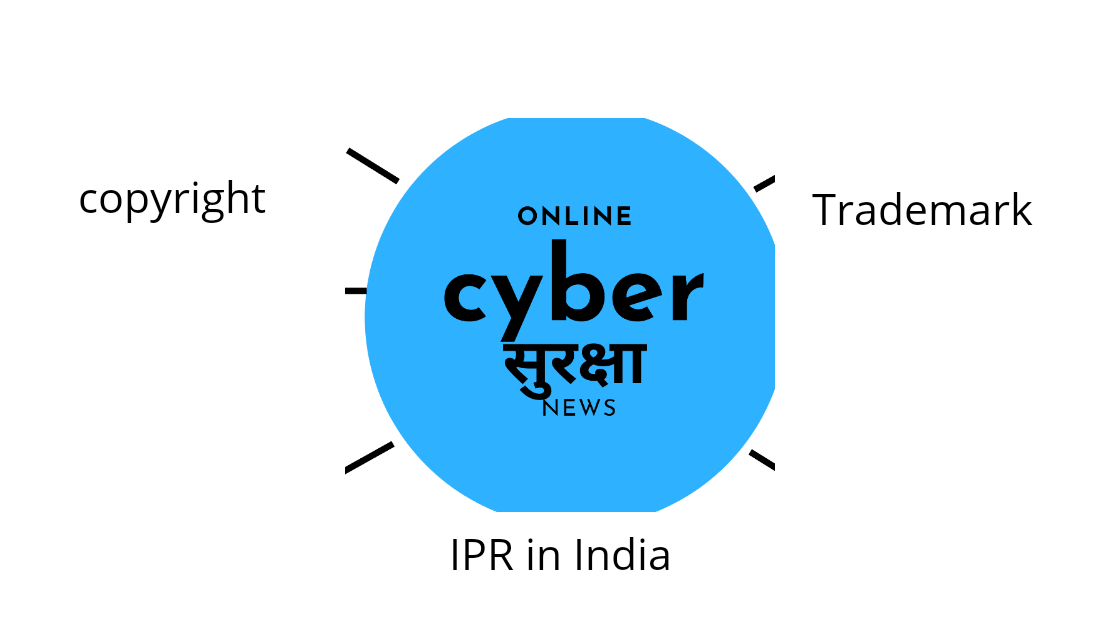
COPYRIGHT ISSUES AND CHALLENGES
Copyright is a form of intellectual property protection provided by the laws of the United States. It’s important to understand that copyright law covers the “form of material expression,” not the actual concepts, ideas, techniques, or facts in a particular work.
-
A Copyright Owner’s Rights
The primary goal of copyright law is to protect the time, effort, and creativity of the work’s creator. As such, the Copyright Act gives the copyright owner certain exclusive rights, including the right to:
- Reproduce the work
- Prepare “derivative works”
- Distribute copies of the work by sale, lease, or other transfer of ownership
- Perform the work publicly
- Display the work publicly
If an author or artist creates a work for a company or in the course of his or her employment, the creator is usually not the copyright owner. This situation is known as a “work made for hire,” and it gives copyright ownership to the employer or person who commissioned the work. A work made for hire situation can occur when an independent contractor is hired to create a particular work, or if the work is created by an employee while he or she is on the job. For example, if an employee writes articles for a company, the company is the copyright owner not the actual writer.
The application to register a copyright contains three basic elements: the application form, a non-refundable filing fee, and a non-returnable “deposit” of a copy of your work. The best way to register your copyright is to do it online through the electronic Copyright Office (eCO). Online filing has several advantages including a quicker processing time, lower filing fees, and the ability to track your status online.
-
The Limits of Copyright Protection
A copyright protects only original works of “authorship” included in the following seven categories:
- Literary works ( Including computer programs )
- Musical works ( Including any accompanying words )
- Dramatic works ( Including any accompanying music )
- Pantomimes and choreographic works
- Pictorial, graphic, and sculptural works
- Motion pictures and other audiovisual works
- Sound recordings
Keep in mind that things not covered by copyright law may be covered under other forms of intellectual property. For instance: ideas, procedures, methods, systems, and processes are not covered by copyrights, but they can be protected under patent law. Similarly, titles, names, slogans, and symbols cannot be copyrighted, but can be trademarked.
-
CHALLENGES IN COPYRIGHT
- Plagiarism: – This is the ultimate nightmare: when someone steals your ideas, writing, music or other intellectual property and pretends that it’s theirs. People are allowed to quote a limited amount of your work, but are supposed to give full credit to you.
2. Ownership: – Under US law, the owner, manufacturer, or creator (which may not be the same person) can copy a work, create derivatives, sell, rent, lease or lend copies, and publicly perform works or musical recordings. Just because someone buys your work doesn’t mean they can alter, copy, or publicly display it. They should ask your permission first.
3. Website Copyright: – The basic design of a website is copyright, as are its contents, including text, graphics, any audio or video, HTML and other markup code, lists of websites and links, as well as any other original material.
4. Creative Commons, Freeware, and Shareware: – Freeware and shareware are software offered free of charge, though shareware often either restricts the software’s functions or includes a free trial time limit. Removing the restrictions or time limit would breach copyright.
5. Length of Copyright: – Many people presume copyright is a brief thing, and that copying a work created ten years ago is okay. Not so! There are different lengths of copyright for some media – 25 years for photographs and 50 years for films. This means that if you find an older piece of your work has been reproduced without your permission, you can still sue for breach of copyright.
6. Exceptions: – Very short items are not covered by US copyright, including names, titles, brief phrases, or lists. However, you can cover some such items by use of trademarks or patents .The Berne Convention allows for “fair use” of copyright works.
Great work
Wonderful article.copyright gives exclusive protection to material works of creators like literary,musical, broadcasting, databases etc.in literary work .as per sec 22 of copyright act financial benefits are given to the creator or heirs upto 60yrs after death or owner.but for infiringment specific legislations must be passed and also copyright protection must be given to certain works like calenders,reports of judicial proceedings to widen its scope and to give more protection.
Very Useful information
Good Article
Very intersting and useful
Very intersting and useful
This Article is very effective.
Informative article
This article is very useful to understand the concept of copyright. And helps the person to alter or change the artwork to avoid copyright.
For an professional related to creative work this article puts an effort to be of help. India is a place where we openly accept plagiarised materials, software and articles all the time. In that time it is crucial to know about rights and remedies to resolve issues. Cases should be helpful for better understanding as to what is judiciary’s take on this issue.